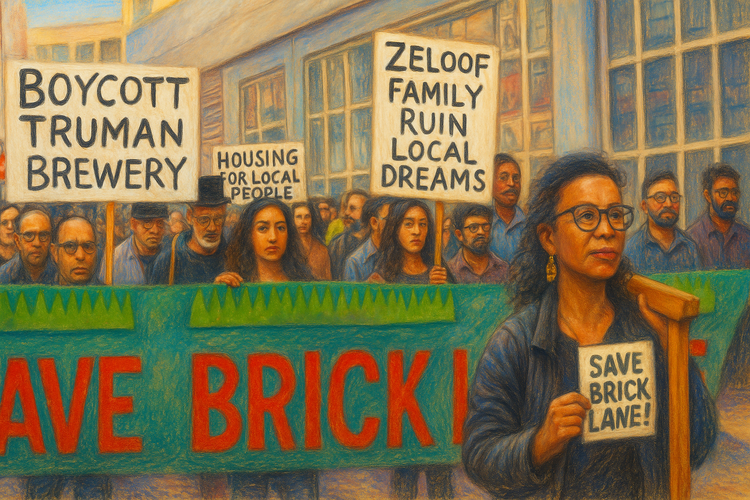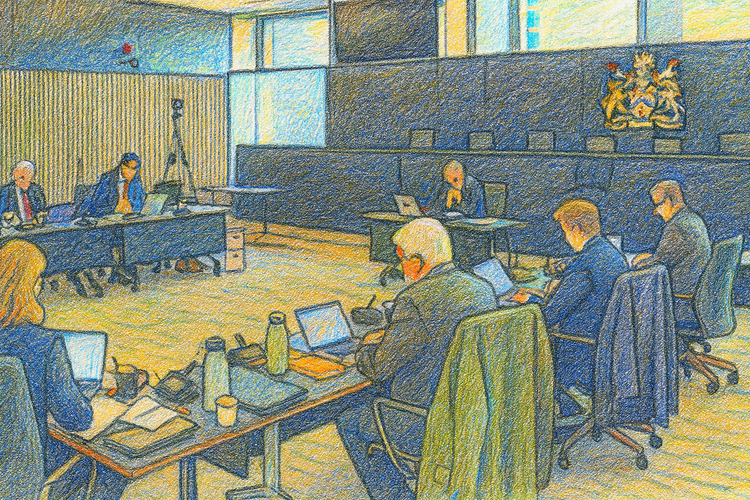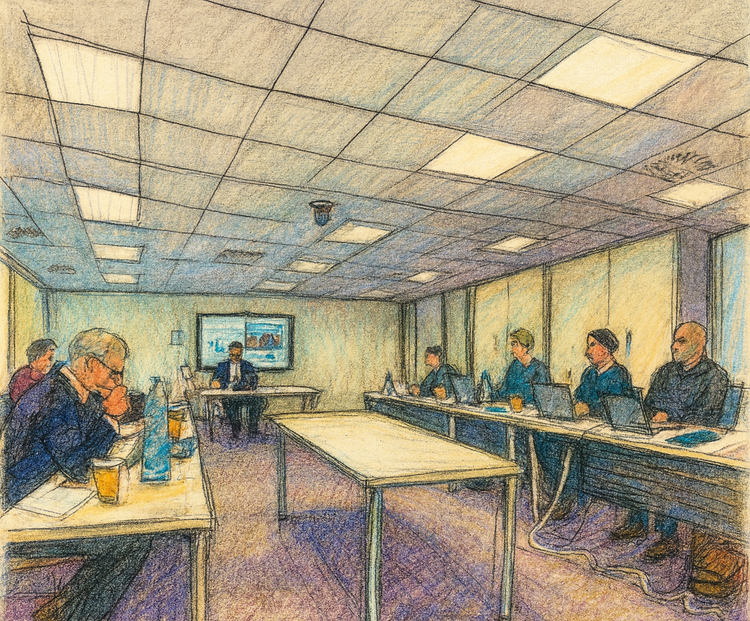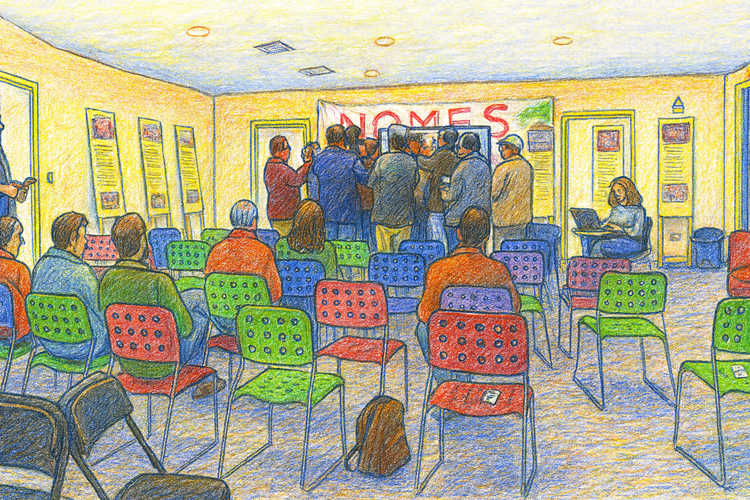Repairing the Past, Investing in the Future: A Call for VAT Relief on Historic Building Restoration

As the UK grapples with pressing climate goals, economic recovery, and a skills shortage in traditional trades, the current tax regime penalising the repair and restoration of historic buildings is both irrational and damaging. This article is the first in a series advocating for a pragmatic and strategic policy shift: granting VAT relief on restoration works that use traditional materials and methods on historic and period properties.
Why VAT Relief Matters
The VAT regime in its current form places a 20% tax burden on the repair and restoration of existing buildings, while new construction is often zero-rated. This creates a perverse incentive: it's cheaper to demolish and rebuild than to conserve and repair. As the Institute of Historic Building Conservation has long argued, this policy skews development away from sustainability, undermines heritage conservation, and disadvantages small UK firms skilled in traditional construction methods IHBC VAT Notes.
According to Historic Houses' 2025 VAT Research Report, VAT is a leading obstacle for listed building owners, especially those using traditional lime mortars, stonework, and heritage joinery. These owners often face double jeopardy: paying a premium for specialist work and an additional 20% tax on top.
A Systemic Inequity: Penalising Repair, Rewarding Demolition
This distortion was bluntly critiqued in Lauren Edwards' article, where she lays out the absurdity of the current approach: "Demolition is tax efficient. Conservation is not." This is a systemic failure. And the numbers back it up. According to the 2025 Historic Houses VAT Survey Report, non-VAT-registered owners often pay VAT close to the full 20%, with limited or no access to relief.
The result? Essential repairs are delayed, traditional materials are substituted for inferior modern equivalents, and the UK's historic built environment steadily erodes.
The Heritage Sector Speaks: A Cross-UK Consensus
In its written evidence to Parliament, the Wales Heritage Group, (Written evidence submitted by the Wales Heritage Group.pdf) argues clearly that VAT on repair encourages "demolition and redevelopment over conservation". Their joint submission—with members from SPAB, the Georgian Group, and the Victorian Society—calls for VAT parity between repair and new build as a cornerstone of national conservation strategy.
Similarly, the Council for British Archaeology’s ongoing inquiry frames VAT reform as essential to any credible heritage protection regime.
Skills, Sustainability and the Circular Economy
The benefits of reform would extend far beyond tax equity. VAT relief would:
- Boost demand for UK-based traditional craft skills, including lime plasterers, joiners, and stonemasons
- Support local small businesses struggling to survive amidst inflation and recession
- Enable long-term job creation and apprenticeship schemes
- Promote sustainable building practice, preserving embodied carbon rather than demolishing it
As outlined in The Building Conservation Directory article, traditional repair is the foundation of a circular building economy. It keeps materials in use, aligns with passive energy strategies, and reduces the environmental impact of new production. In a Net Zero era, conservation is not a luxury—it is a necessity.
Real Stories, Real Consequences
Examples abound of private owners forced to make painful decisions:
- A Hackney townhouse, featured in The Evening Standard, was lovingly restored using lime plaster and traditional carpentry—but with VAT increasing total costs by tens of thousands.
- In County Durham, the restoration of Burn Hall was only possible due to private investment. Without VAT reform, similar projects are simply unaffordable for most.
- In Cornwall, a 19th-century cottage restoration proved that even modest, local buildings can regain their charm and character—if the materials and craftspeople are supported.
- In Ireland, the Georgian property in Cork shows how traditional restoration enhances both value and community character. Yet the same logic—value through conservation—is not fully realised in the UK due to VAT policy.
A Smarter Model: Expand the Places of Worship Scheme
The Listed Places of Worship Grant Scheme already allows churches to reclaim VAT on repair works. It works. It protects heritage. It keeps traditional contractors in business. Why not expand it to include all listed and historic properties meeting conservation standards?
The current system is regressive, economically incoherent, and environmentally short-sighted. Targeted VAT relief, tied to conservation standards and public access thresholds, would reinvigorate historic towns, villages, and communities across the UK.
What’s Next
In future articles in this series, we’ll explore:
- The economic modelling behind VAT rebate schemes for heritage
- Comparative systems across Europe
- The apprenticeship revival and job creation potential
- Detailed proposals for implementing a VAT-relief scheme tied to public access and conservation compliance
The time to act is now. Let’s stop taxing the past and start investing in the future.
#VATrelief #HeritageSkills #SustainableRestoration #HistoricBuildings #TraditionalCraft #RepairNotReplace #GreenEconomy #ListedBuildings #ConservationMatters




